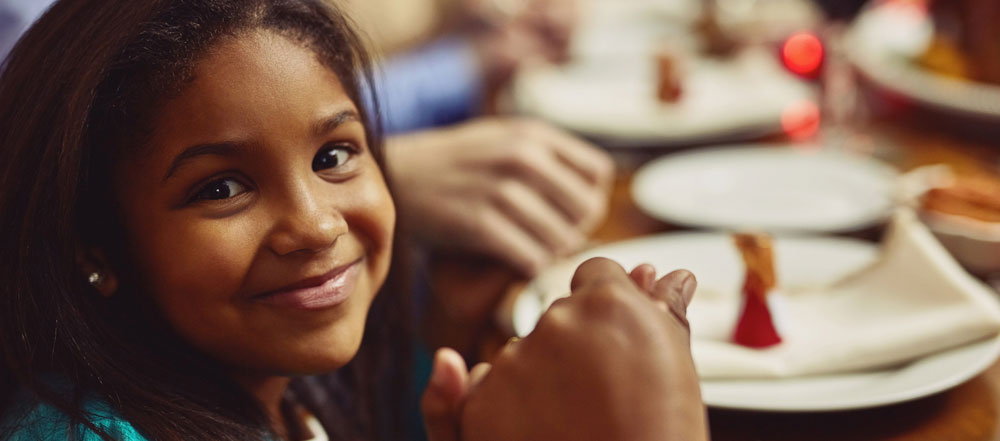Teach steps for a healthy, happy, grateful life
A new year is upon us, and with that new beginning people often vow to lead healthier lifestyles. One of the simplest ways to health and happiness this year could be practicing mindfulness and gratitude with your family–two skills critical for adults and children alike.
Mindfulness is the practice of purposely bringing your attention to the present moment, through breathing or mediation exercises, for example. Being mindful benefits all ages by helping people to slow down and focus, pay attention better; learn more; stay calm under stress; avoid getting too upset about things; listen better to others; and be more patient. According to www.mindful.org, “When we teach mindfulness to kids, we equip them with tools to build self-esteem, manage stress, and skillfully approach challenges.”
But not everyone is a willing participant in mindful exercises. Chuck Hancock is a Colorado licensed professional counselor (LPC) at Innerlife Adventures in Fort Collins and also a parent to two children. When asked about suggestions for parents who want to try practicing mindfulness and gratitude and tips for overcoming the eye roll and push-back from kids and partners, he says, “Don’t force (mindfulness)…model the behavior you’d like to encourage and keep it simple, short and sweet. Build it into things that are already happening…taking a few minutes before a meal or talking quietly together before bedtime is a great way for kids to get into the habit.” Hancock went on to say, “What’s easy for kids and parents is to pay attention to the five senses, especially in the outdoors.”
Traditional sensory-related mindfulness exercises include taking 2-3 minutes to ask kids what can they see, hear, taste, smell and feel at that very moment. For older kids and adults, you can take 5 minutes to do a sensory countdown exercise to calm a busy mind:
Think of…
- 5 things you see
- 4 things you touch
- 3 things you hear
- 2 things you smell
- 1 thing you taste
A natural part of being mindful is also practicing gratitude, or expressing a feeling of appreciation for the good things that happen in your life. Being grateful changes your perspective on life and allows you to focus on the positive, even very minuscule things you normally take for granted.
When maintaining an attitude of gratitude, you (and your children) are more likely to be happy with what you have; more likely to be generous; and more likely to be empathetic and compassionate toward others. A grateful mind sees various life experiences and challenges in a positive way and often inspires others to respond to you in a positive way, thereby boosting relationships with others. Sounds like a happy household in my opinion!
How to start? Experts suggest that practicing gratitude at the same time each day will likely turn it into a habit. Suggestions include starting a gratitude journal and take 1–2 minutes to write in it when you wake or before you go to bed. Others suggest making it a family ritual to share at mealtime, such as telling someone you love them and how much you appreciate them (be specific), noting the beauty in nature each day or things that bring you joy like a toy or pet or a hug, or simply thanking others for the things they do for you.
Practice gratitude with children
The VIA Institute on Character (www.viacharacter.org) also offers the following Notice, Think, Feel, Do sequence to practice gratitude with children, stating “the more you focus on mindfulness, the better your gratitude practices will be.” Questions to ask include:
- What do you NOTICE in your life that you are grateful for? Think of material items and feelings, like love.
- Why do you THINK you’ve received the things you’re thankful for? Do you THINK you owe the giver something in return?
- How does the gift you’ve received make you FEEL?
- What are you going to DO to show how you feel about your gift?
In the end, any small step you take toward a more mindful, grateful lifestyle is sure to bring greater happiness and healthy relationships.

Theresa is a senior-level marketing professional with substantial experience in developing and executing integrated campaigns including communications (articles/newsletters/brochures), PR and social/trade events. She earned a marketing degree from CSU and lives in Fort Collins with her husband and two children.




